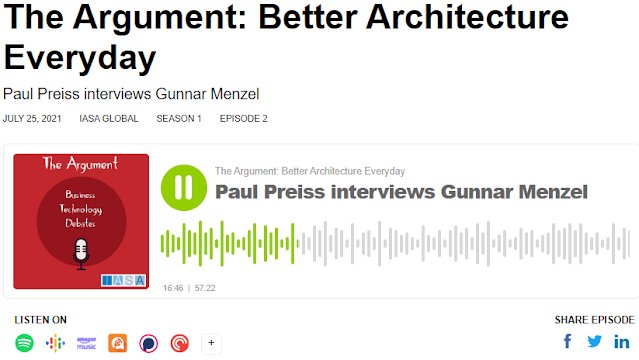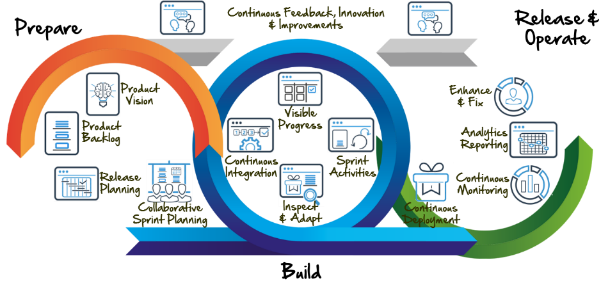Better Architecture Everyday - A 1h interview with Gunnar Menzel

Paul Preiss, CEO & Founder of IASA Global interviews Gunnar, Chief Technology and Innovation Officer for Capgemini Europe. Paul Preiss will do two short interviews with Gunnar on: - The evolving role of Solution Architect in the post-Covid era. - Agile Enterprise Architecture; Myth or reality? Paul and Gunnar will discuss the paradigm shift in business expectations and models due to Covid-19 and how the role of a Solution Architect needs to change in the post-Covid-19 era. Access the interview here They will also discuss how everything is accelerating. Gone are the days where we spend weeks on developing EA artifacts. Today, Architecture has to contribute towards the solution lifecycle in an agile and speedy way, creating and delivering “just enough architecture”. But what do we mean by “just enough”? Thanks for Listening





